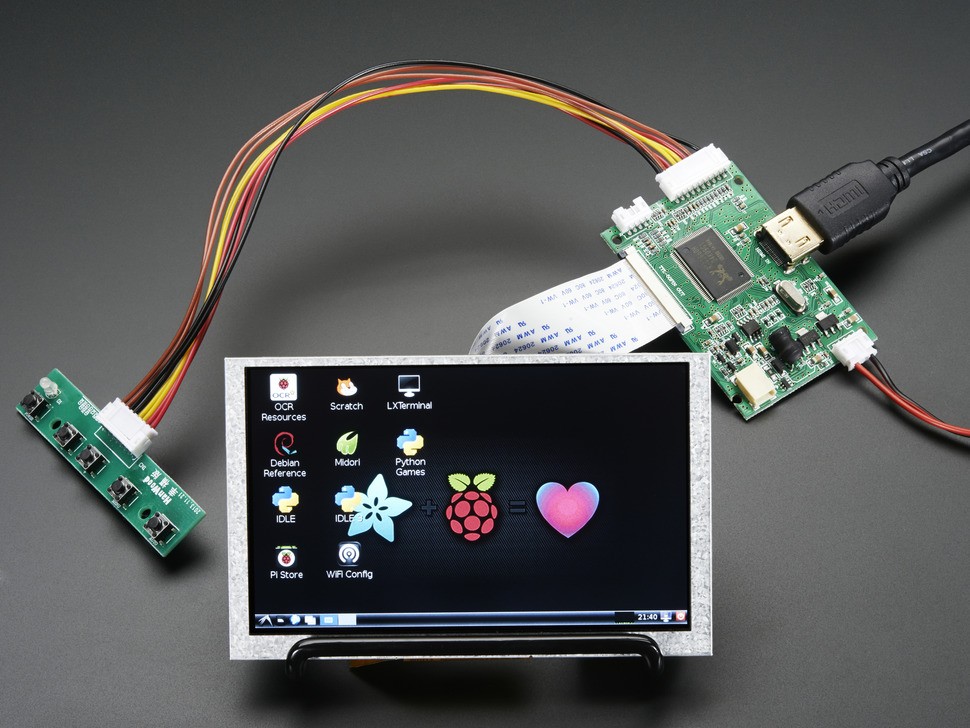
:max_bytes(150000):strip_icc()/raspi-config-576310615f9b58f22e1a53e3.png)
- #Raspberry pi system monitor command line how to#
- #Raspberry pi system monitor command line install#
- #Raspberry pi system monitor command line download#
#Raspberry pi system monitor command line how to#

Now that you have installed nmon, use it to monitor your system.
#Raspberry pi system monitor command line install#
Then install nmon using dnf: $ sudo dnf -y install nmon To install nmon, first enable EPEL: $ sudo dnf -y install \

For example, use DNF to install it on Fedora 35: $ sudo dnf -y install nmonįor Red Hat Enterprise Linux or CentOS, nmon is available in the Extra Packages for Enterprise Linux (EPEL) repository. Nmon is available in the default repository of many Linux distributions. This article looks at this powerful monitoring tool. For more information about nmon for Linux, consult the project's official page. In addition to interactively monitoring your system, you can also use nmon in batch mode to collect and save performance data for analysis. By inspecting several resources simultaneously using nmon, I discovered it was an application issue caused by opening too many files. By using nmon, I was able to troubleshoot some hard-to-spot issues, including one that initially seemed like a network bottleneck. I used nmon for the first time about 10 years ago as an AIX sysadmin. Each of them presents the data differently. Without nmon, you have to use specialized monitoring tools like top for processes, iostat for disks, and ifstat for the network to monitor various resources. The main benefit of nmon is that it allows you to monitor different aspects of your system, such as CPU utilization, memory, disk busy, network utilization, and more, in a single, concise view. How well do you know Linux? Take a quiz and get a badge.Linux system administration skills assessment.A guide to installing applications on Linux.
#Raspberry pi system monitor command line download#
Download RHEL 9 at no charge through the Red Hat Developer program.


 0 kommentar(er)
0 kommentar(er)
